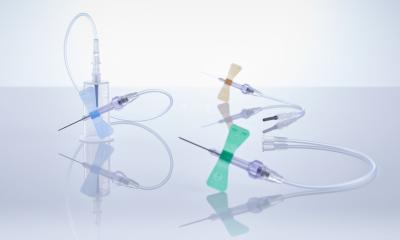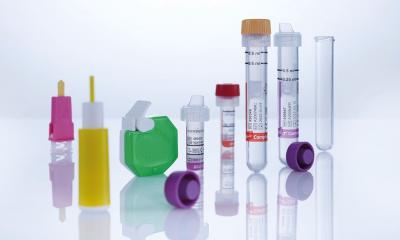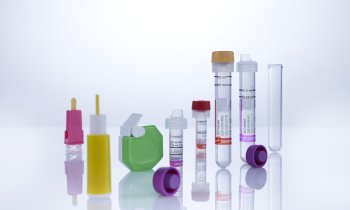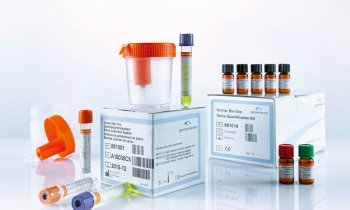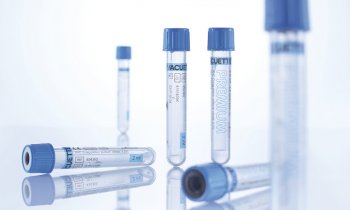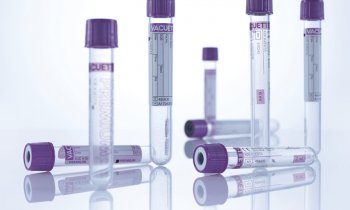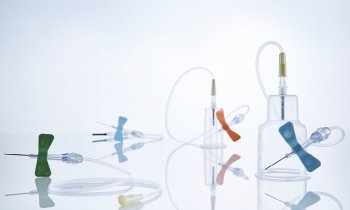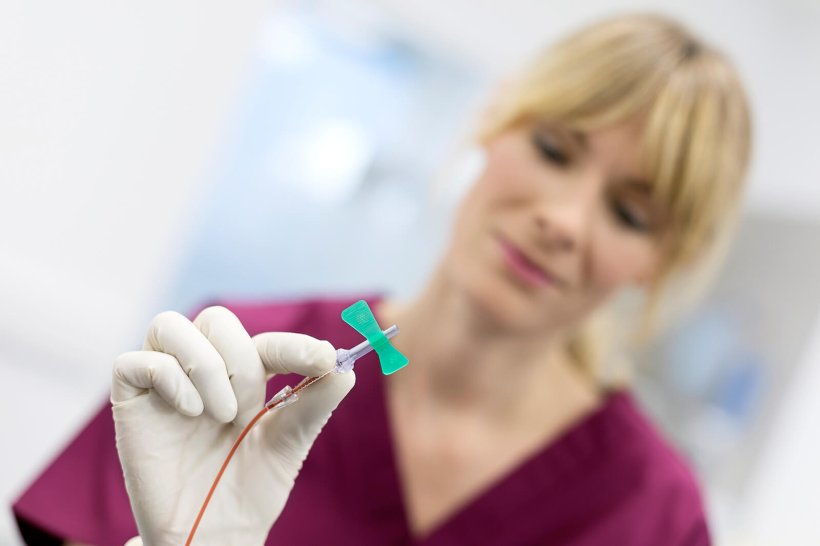
© Greiner Bio-One GmbH
Sponsored • Safe blood collection products and value-based care
Protecting patients and healthcare workers
In the last decade, regional and global health organizations have pushed for making safety a central pillar of procurement, with a directive that cost should not be a barrier. The crucial question is: How easy is that to implement? How can a confident decision be reached that protects patients and healthcare workers without straining costs?
A Royal College of Nursing project reported that 100,000 needlestick accidents occur in the UK every year, and Bevan Brittan, a legal firm representing the NHS, estimates the cost of needlestick injuries (NSI) to each UK NHS trust to be around £ 500,000 each year in legal costs. And in the US, the initial treatment of a needlestick injury (NSI) can cost between US$ 800 - 6000 each, with initial costs of medication for the Hepatitis C virus starting at around US$ 25,000, and fines from OSHA beginning at US$ 13,260. It should be noted that this is before associated costs are taken into consideration; staff absence interrupts the efficiency of already heavily burdened departments, and reputational damage and morale pose a considerable challenge to a sector that is struggling with staff retention.
The takeaway is that indirect costs exceed the direct costs. The EU and OSHA are rigorous in their safety directives with regards to NSI, and arriving at a decision in selecting a safety device that balances costs without sacrificing safety need not be a complicated process.
Which criteria should be used to evaluate a safety device?
An established culture of safety feeds into the selection process. But with a vast inventory of products available, how can this process be simplified? The decision should be based on the three pillars frontline healthcare worker input, ease of use and protecting patient safety and comfort.
How does a reliable supply chain support safety?
The culture of safety is in place, a short list of prospective manufacturers has been identified, fulfilling the code of conduct and sustainability criteria and the costs are clear. Should the cheapest option then be chosen? This is where a reliable supply chain can really add value in blood collection. Logistics have been transformed and optimized due to the pandemic, but still face a host of challenges; the costs of raw materials continue to increase and global events impact the availability and delivery of goods. So how does one manufacturer’s offering compare to a competitor’s?
Go with the safety flow
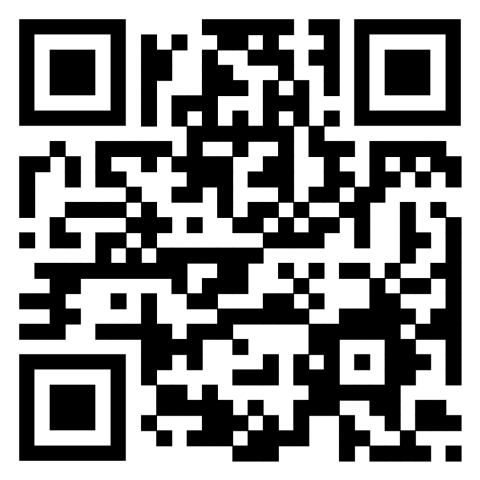
Source: Greiner Bio-One GmbH
The small details of blood collection kit matter in the lab, just as much as they do on the ward. It is why every detail of products and services from Greiner are designed with that safety approach in mind. From the moment a blood sample is drawn, to the moment it becomes data.
Read the full article by scanning the code.
01.06.2023




